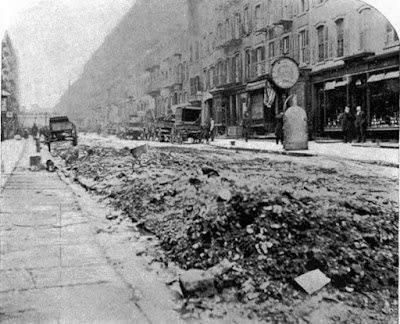by Jan Thornhill
I’m in the midst of doing research for a new kids’ book — one of my favorite parts of the creation process. Not only do I get to fully immerse myself in my subject, but I also get to stumble across fabulous little off-topic tidbits that make my day. When I’m full hog into the process, these tidbits come to me one after another, making me ooh and ah with the thrill of discovery. What I live for — and the reason I tell kids that a day without learning something new is a day wasted.
 |
| I just got 2 advance copies of The Tragic Tale of the Great Auk! |
Take yesterday, for instance, when I found a slew of fun things that were tangential to my topic. I’m going to list them so you can see what I mean. I’m also going to offer a prize of a signed book (sorry, not the Auk book — none to give away yet) to the first reader who can guess what I’m writing is about (unless I’ve already told you). Other than the “clues” that follow, your only hint is that it will be companion volume to The Tragic Tale of the Great Auk, which is coming out from Groundwood this October.
Staddle Stones
 |
| Staddle stones protect storage buildings from vermin. (Wikipedia) |
“Staddle stones” were used in Great Britain to raise granaries and other small storage buildings above the ground to keep out vermin. Their widespread use blossomed with the introduction of a worldwide pest. (They look like mushrooms!)
Crossmen
 |
In the late 1800s, horses dropped ridiculous amounts
of manure on the streets every day. |
“Crossmen” were boys who were paid to remove manure from streets before automobiles replaced horses in cities. More specifically, they cleaned crossing paths so that women’s long skirts would not drag in piles of “horse apples.” (Google "manure crisis" for some entertaining reading!)
Cotton Domestication
Cotton was independently domesticated in both the east and the west. Along with its domestication, the same tools for working it were independently invented: combs, spindles and simple looms. What I like best is that ikat weaving, (an extremely complicated process of dying bundles of yarn multiple hues or shades of colour and then lining them up while weaving to create intricate patterns in the final fabric), was also independently invented in Asia, Africa and central America.
Word of the Day!
Inartificial: not characterized by art or skill (archaic)
Quote of the Day!
 |
Mark Twain having a youthful bad hair day. (Wikipedia)
|
A quote attributed to Mark Twain: “History doesn’t repeat itself, but it often rhymes.”
The "Father of Traffic Safety"
 |
| Traffic jams were common in cities long before cars came along. |
At the beginning of the twentieth century William Phelps Eno — the "father of traffic safety" — came up with the stop sign, pedestrian crosswalk, traffic circle, one-way street, pedestrian traffic island, yield sign, and taxi stand. This was his adult response to having been stuck in a traffic jam many years before when he was a child, a traffic jam of about a dozen horse-drawn vehicles. He remembered thinking at the time that “all that was needed was a little order to keep the traffic moving.”
Protected Species in Elizabethan Cities
Ravens and kites were protected species in Elizabethan cities. Both are scavengers of dead animals. I think it must have smelled more back then than we imagined!







No comments:
Post a Comment